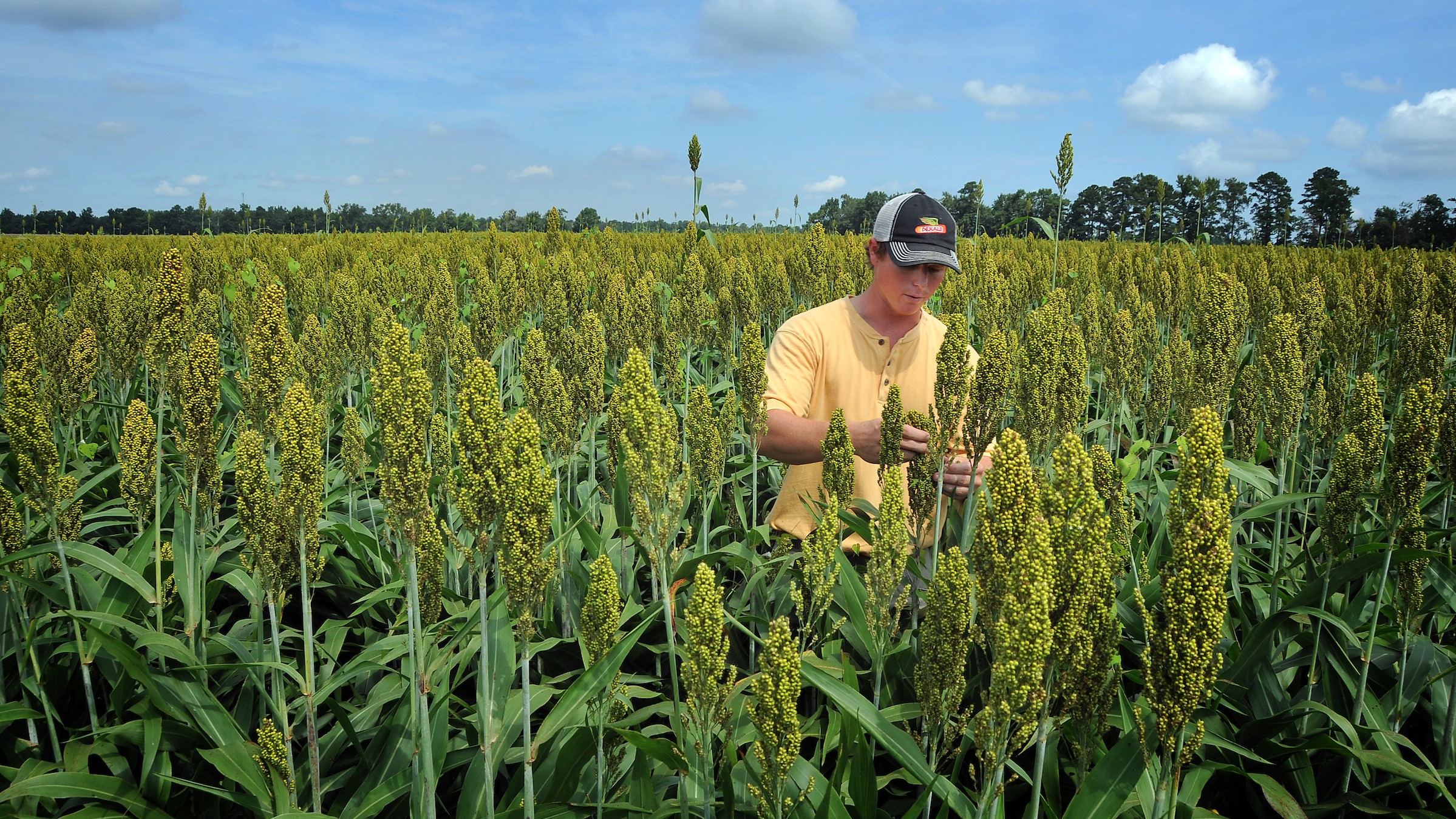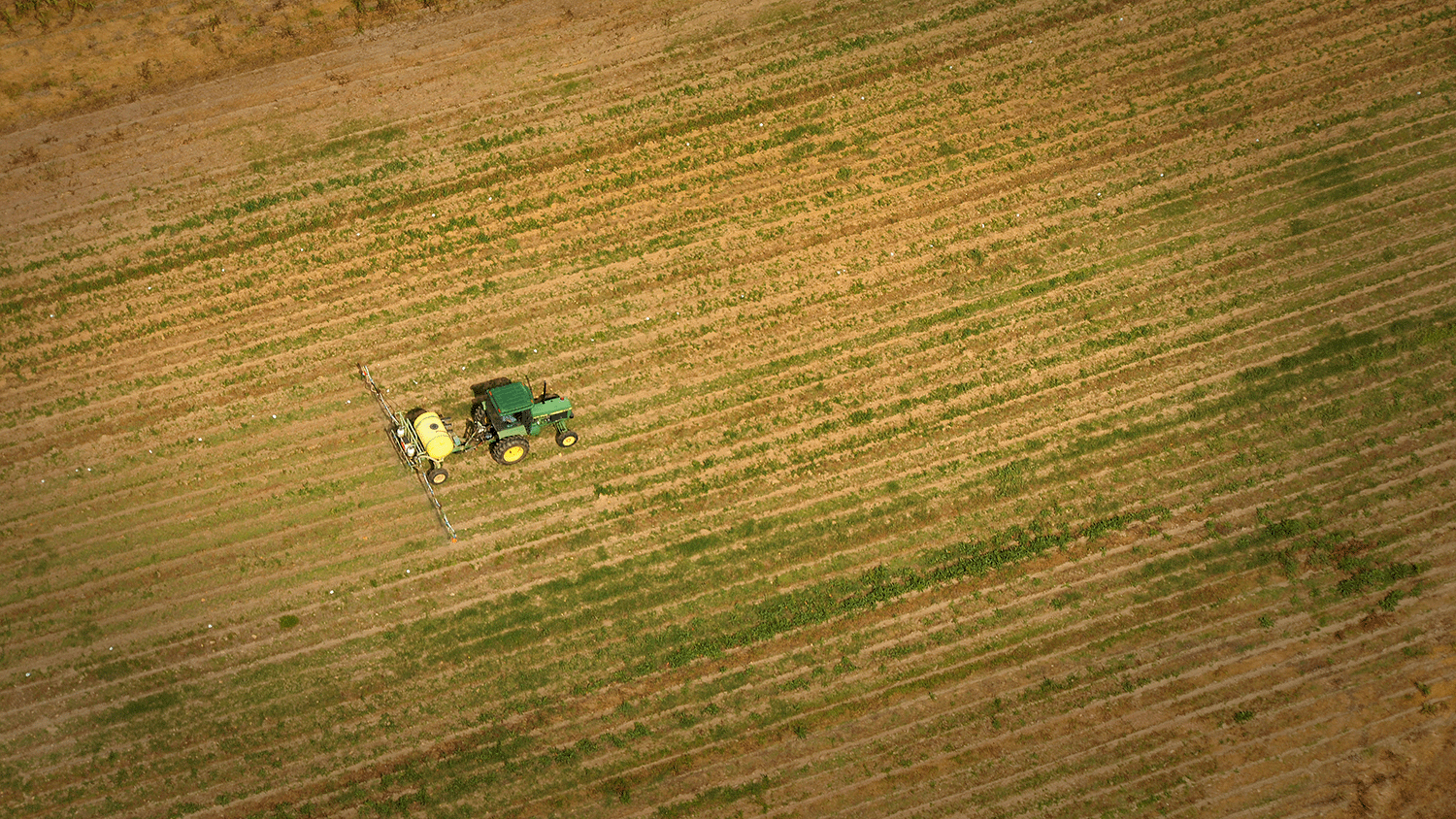
Extension
ARE’s Extension professionals are here to help. Our subject areas range from agricultural law to enterprise budgets and beyond. View our directory to see who you can reach out to for timely assistance.
Need to find a specific publication or missed a recent podcast? Find recent and archived issues of NC State Economist and You Decide.







